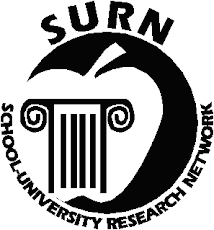
New Technologies Can Keep You Connected and Help You Manage Information Overload.
By David Warlick
Warlick gives today’s educators insight in keeping up with technology by creating their own Personal Learning Network (PLN). He writes that friends, families, and colleagues, all who rely on so many resources and professional information encompassing a PLN. The use of technology to grow PLNs is constantly changing. PLNs can be very successful but with all of the information out there things can quickly get out of control. Although technology is the source of this problem, it can also be the solution. New technologies can help us collect, store, and organize all of that information as well.
According to Warlick, he highlights three different types of PLNs:
- Synchronous (personally maintained face-to-face communication)
This is the traditional network of people and places you’ve always had, but people can enhance PLN with technologies like chat, instant and text messaging, teleconferencing (such as Skype and messenger), Twitter, and virtual worlds such as Second Life.
- Semi-synchronous (personally and socially maintained real time connections)
This refers to the idea that “collaboration doesn’t have to happen in real time” and can involve such technological tools as mailing lists, wikis, Google Docs, Twitter, group discussion boards and comment walls on Facebook, and commenting on blogs.
* SURN has 3 blogs focused on: Literacy, Middle School Math, and Education Research Annotations.
- Asynchronous (dynamically maintained collaboration over a period of time through a “different time-different place”)
This differs slightly from the other two types in that this type more often connects us with content sources like RSS aggregators (Google Reader and Netvibes) and social bookmarkers like ‘Delicious’ where people bookmark it for later use.
Want to read the study? Warlick, D. (2009). Grow Your Personal Learning Network: New Technologies Can Keep You Connected and Help You Manage Information Overload. International Society for Technology in Education, 12-16. Retrieved November 17, 2009 from http://landmark-project.com/workshops/handouts/gypln_ll.pdf






















